LME와 CME라는 자본주의의 다양성과 상응하여 두 체제 내부의 공공정책도 다른 모습을 보일 것인가, 아니면 자본의 유동성, 유럽 정치의 우편향 추세에 따라 수렴될 것인가.
☞복지자본주의의 맥락에서 정책의 다른 특성들은 유지되고 있음. 또 조직화된 노동자에 대한 정책에서도 수렴은 아님. 즉 CME와 LME에서 추구되는 복지와 노동시장 정책은 다른 체계적 방식으로 유지되고 있음.
국가 정책 간 이러한 지속적인 차이는 어떻게 설명할 수 있는가. 자본주의 다양성의 제도적 특성은 정부가 추구하는 정책들과 어떤 식으로 연관되는가.
☞이 글은 LME의 영국, CME의 독일에 초점을 두고, 두 체제 내 경제활동조직과 공공 정책 간 핵심 관계를 연구함.
매우 다양한 기업-정부 관계로부터, 두 체제를 특징짓는 정책 체계를 이끌어냄. Hall&Soskice의 정치경제에 대한 기업 중심적 접근을 따르며, 공공정책이 CME와 LME로 구별되는 생산 체제를 지원하는 역할을 한다고 이해.
그러므로 정부의 정책 선택지들은 CME와 LME 내 사용자의 다른 조직적 역량에 의해 근본적으로 제약되고 편향됨.
그러나 공공 정책 결정자는 기업이 아닌 여전히 정부임. 즉 정부가 생산 체제와 기업 전략에 조화되는 정책을 펼치게끔 하는 압력도 존재하지만, 정부가 이데올로기적, 정치적, 선거 등 다른 다양한 압력을 받기도 하므로 정책 방향의 갑작스런 변화도 생기게 됨. 따라서 영국과 독일에서 노동 시장 정책의 내용은 사용자의 선호에 의해 도출되는 반면, 정책 체계의 안정성은 개혁 또는 반전을 꾀하려는 정부 권력에 의해 결정됨. 즉 중앙 정부에 대한 제약의 정도는 자본주의 다양성이라는 생산전략을 추구하는 사용자의 능력에 근본적으로 중요함. ①사용자는 국가에 확실한 상보적 정책을 요구하기 때문에 ②경제 활동의 조정은 각 시기별 정책 안정성의 보장을 요구하기 때문에. ex. 독일- 정부 개입의 정도와 유형을 제한하는 제도적 보장의 존재는 공급 측면 조정 논리에 핵심적임. 영국- 그러한 보장의 부재는 비시장적 조정 제도가 유지되기 어렵게 함.
사용자 선호, 정부의 구조적 역량이 결합되어 각각의 제도 속성과 인센티브 속성과 함께 기업-정부 관계의 두 가지 패러다임을 만듦.
7.1 Business-Government Relations in Britain and West Germany
7.1.1 Employers policy preferences in CMEs and LMEs



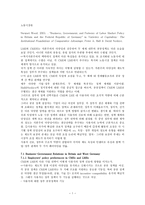
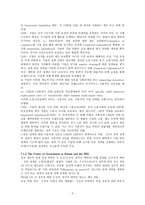
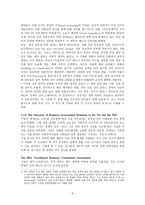
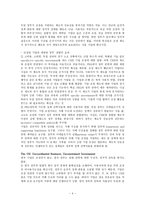
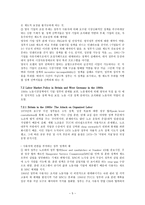
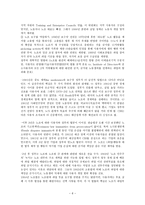
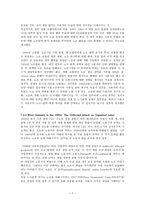
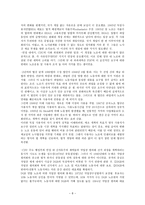
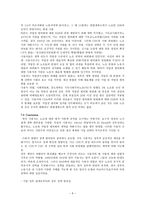
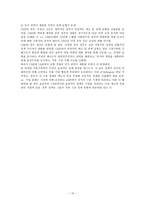
 분야
분야


